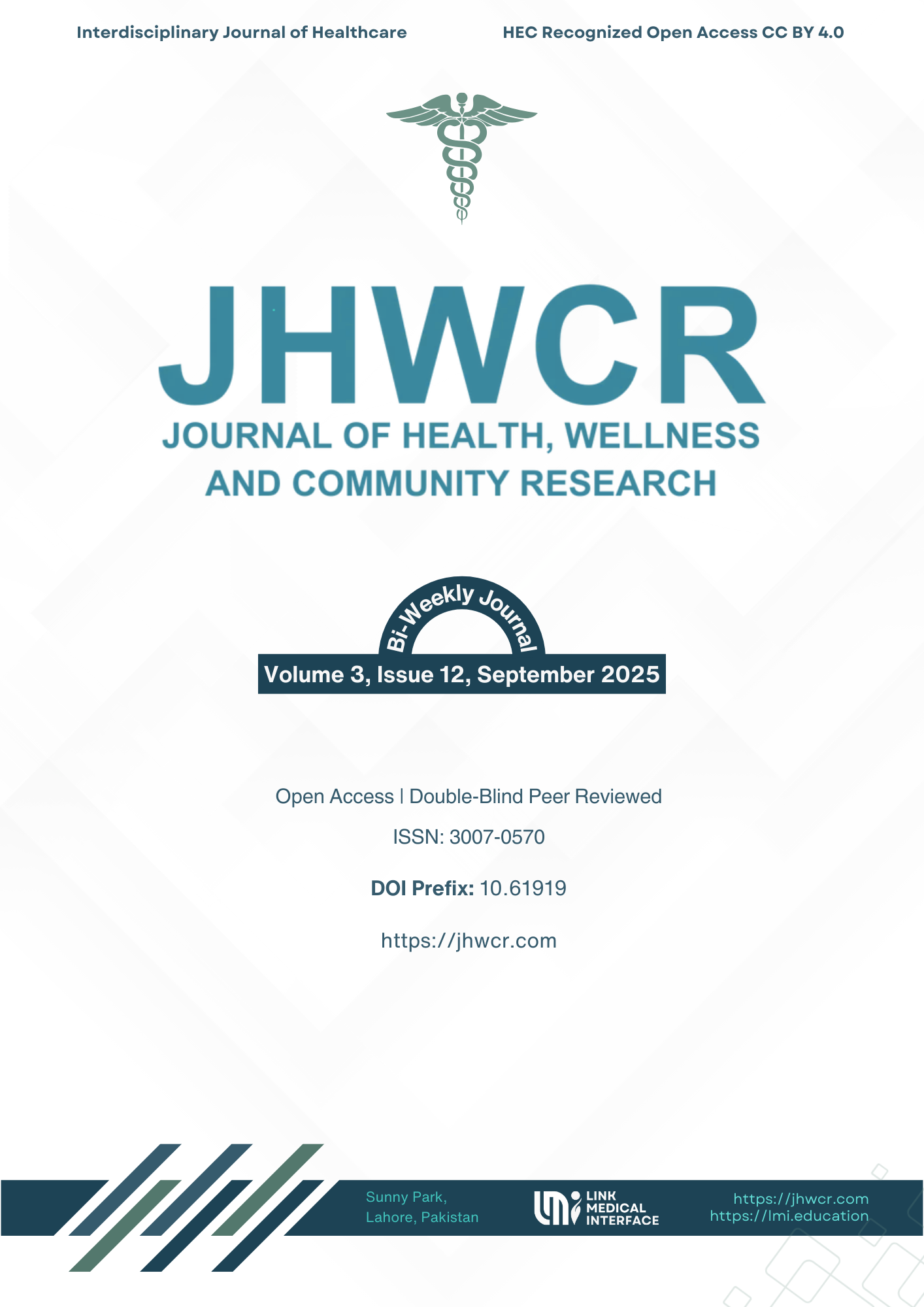Undergraduate Nursing Students’ Satisfaction with Blended Learning Using the Flipped Classroom Approach in the Infection Prevention and Control Course
DOI:
https://doi.org/10.61919/9f4sc619Keywords:
Flipped classroom, Blended learning, Nursing education, Student satisfaction, Infection prevention and control, Pakistan.Abstract
Background: Nursing education increasingly requires pedagogical strategies that actively engage students and prepare them for clinical decision-making. The flipped classroom, particularly when integrated into blended learning, has been shown to enhance autonomy, collaboration, and knowledge application. However, evidence on student satisfaction in low- and middle-income countries, including Pakistan, remains limited. Objective: To evaluate undergraduate nursing students’ satisfaction with a flipped classroom approach integrated into blended learning for the Infection Prevention and Control course. Methods: A descriptive cross-sectional study was conducted among 150 first-semester Bachelor of Science in Nursing students from four institutes in Karachi, Pakistan. Participants completed a validated 30-item Blended Learning Satisfaction Scale on a 5-point Likert scale. Reliability was confirmed (Cronbach’s α = 0.937). Data were analysed using SPSS version 26, with descriptive and inferential statistics, including t-tests, chi-square, and effect size estimation. Results: The overall mean satisfaction score was 4.2 (SD = 0.7), reflecting high satisfaction. Engagement (M = 4.3, SD = 1.0), self-directed learning (M = 4.3, SD = 1.0), and clarity of course requirements (M = 4.4, SD = 1.1) received the highest ratings. Lower scores were observed for mixed-gender participation (M = 3.6, SD = 1.4, p = 0.019) and synchronous interaction challenges (M = 3.8, SD = 1.4). No significant differences were found across institutional types. Conclusion: The flipped classroom within blended learning fosters engagement, collaboration, and applied learning in nursing education. Cultural and structural barriers, particularly gender-related constraints, require targeted adaptation for sustained integration.
Downloads
Published
Issue
Section
License
Copyright (c) 2025 Muhammad Rehan, Lim Gek Mui, Raheem Khan, Noem Dawood, Shahida Yaseen Khan, Nazish Lakhani (Author)

This work is licensed under a Creative Commons Attribution 4.0 International License.


